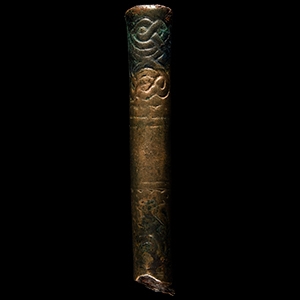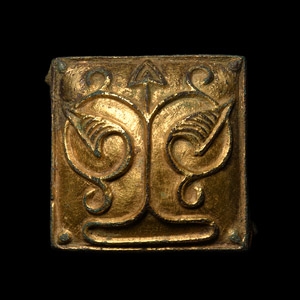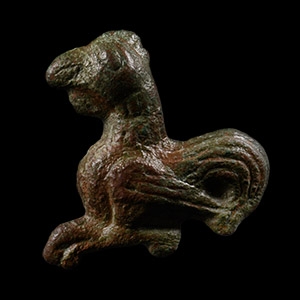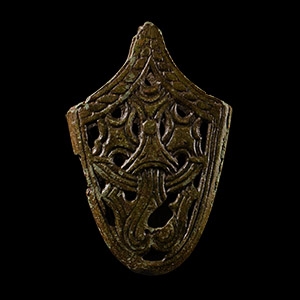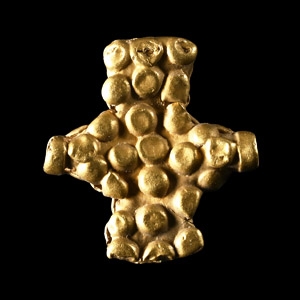Home > Auctions > 5 - 9 December 2023
Ancient Art, Antiquities, Natural History & Coins
Auction Highlights:
Acquired 1980-2000.
Ex property of an American collector.
See similar in Arbman, H., Birka I, Die Gräber, Uppsala, 1940, pl.100, no.2, from grave 1162.
Norsemen were particularly fastidious about their appearance. The hair and beard were important to the men, for making a statement and to intimidate their opponents. Early combs were made from antler or bone and carried in a small pouch; high status combs were later made from metal (mainly bronze) and have been found as grave goods.
From the collection of a North American gentleman, formed in the 1990s.
Ex David Winter collection, Kent, UK.
Acquired on the UK art market in 2012.
Property of a Kent lady collector.
Private collection formed in Europe in the 1980s.
Westminster collection, central London, UK.
Cf. Khrapunov, I. and Stylegar, F.A., Inter Ambo Maria, Contacts between Scandinavia and the Crimea in the Roman Period, Бажан И, А., Каргапольцев С, Ю, 1989, Об одной категории украшений-амулетов римского времени в Восточной Европе, СА, No.3; see. Meaney, A., Anglo-Saxon Amulets and Curing Stones, Oxford, BAR British Series 96, 1981, p.166-168, for discussion of the type.
Pendants in the form of miniature buckets have been found in a number of pagan Anglo-Saxon and Viking contexts and are generally made of bronze or iron, with gold examples being rare; three gold examples were found with the hoard from Hoen, Norway. Bronze bucket amulets have been found at Driffield in Yorkshire, and Vimose bog in Denmark, among other places. In form they represent wooden buckets bound with bronze or iron bands which have been found in Anglo-Saxon and Viking graves and are believed to have held mead or ale and were used to replenish the cups from which warriors drank. As amulets they probably represent the ecstatic power of alcoholic drink and the role of women as the dispensers of these precious beverages.
From the collection of a North American gentleman, formed in the 1990s.
Acquired 1990s-early 2000s.
East Anglian private collection.
From the collection of a North American gentleman, formed in the 1990s.
Cf. Sedov, B.B., Finno-Ugri i Balti v Epokhi Srednevekovija, Moscow, 1987, pl.XII, item 11.
A similar knife can be seen in a female grave from Tuukkala, Mikkeli, Finland, still with its blade and housed in a magnificent bronze openwork scabbard. Knives were used by men and women in many different ways, including for war.
Acquired in the 1980s-1990s.
Ex an important central London gallery, London W1.
Cf. Avdusin D.A., Smolensk and Gnezdovo, to the history of the ancient Russian city, (in Russian) Moscow, 1991, fig.14, no.4, for similar decoration on metallic fittings.
These kind of appliques were used for belts, harnesses, quivers, saddles and various other Rus and Steppe warrior fittings.
From the collection of a North American gentleman, formed in the 1990s.
Cf. Pedersen, A., ‘ Birds of Prey or Doves. Early Medieval bird-shaped brooches’ in Aarboger for Nordisk Oldkyndighed og Historie 1999 (2001), 2001, pp.19-66, fig.22, for similar brooch.
Similar brooches are known from Denmark and some examples show us a very similar form and decoration. So far England is the only area outside Scandinavia where bird brooches similar to those discovered in Denmark have been found. The archaeological finds indicate close contacts between England and Denmark in the first half of the 11th century. Anne Pedersen suggests that Byzantium art may be a source of inspiration for these specific type of brooches as is evident from the Danish coinage of the 11th century that direct or indirect influence from Constantinople played an important role, especially in connection with the presence of Danish mercenaries in the Varangian Guard of the Roman emperor.
From the collection of a North American gentleman, formed in the 1990s.
Cf. Paulsen, P., Schwertortbänder der Wikingerzeit, Stuttgart, 1953, items 53, 58, 61 (Ortbänder im Tierstil des Ostseekreises).
Chapes (ferrules) of 10th-11th century A.D. have been found in all territories reached by the Vikings in Europe and Asia, mostly in the Baltic regions. Ornamental ferrules were cast in copper-alloy, or occasionally silver or tin or gilded. In proportion to the large number of swords from the Viking Age a very few metal ferrules have been found.
From the collection of a North American gentleman, formed in the 1990s.
Cf. Sedov, B.B., Finno-Ugri i Balti v Epokhi Srednevekovija, Moscow, 1987, pl.ZII (33).
From a late Japanese specialist collector, 1970-2000s.
Cf. Adamsen, C. et al., Sorte Muld, Rønne, 2008, p.85, item 3, for similar.
961 - 972 of 2409 LOTS

.jpg)


.jpg)

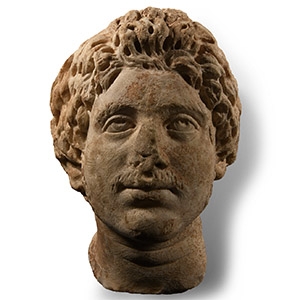
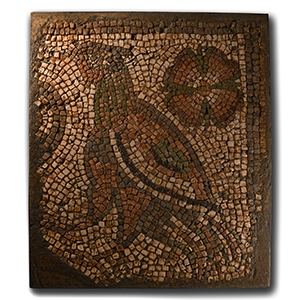
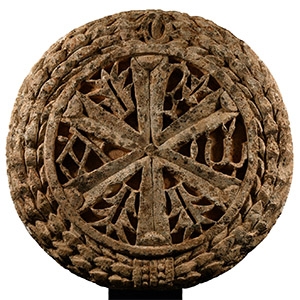


.jpg)


.jpg)
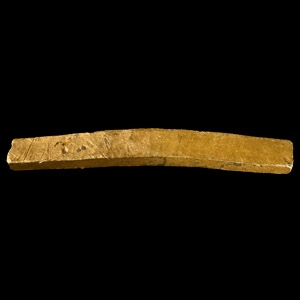
.jpg)
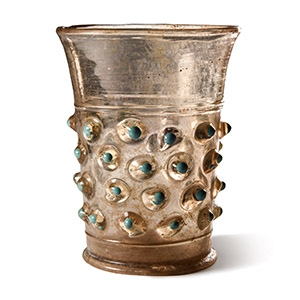

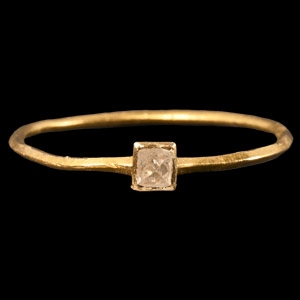

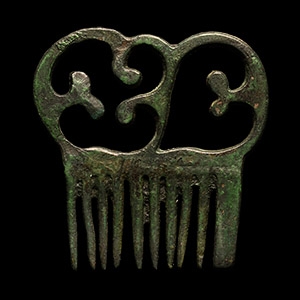

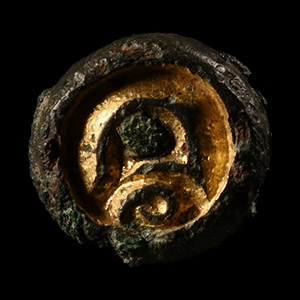
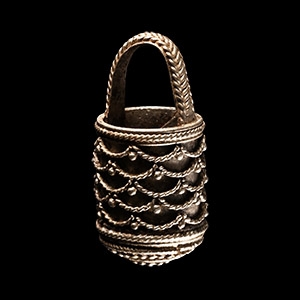

.jpg)
